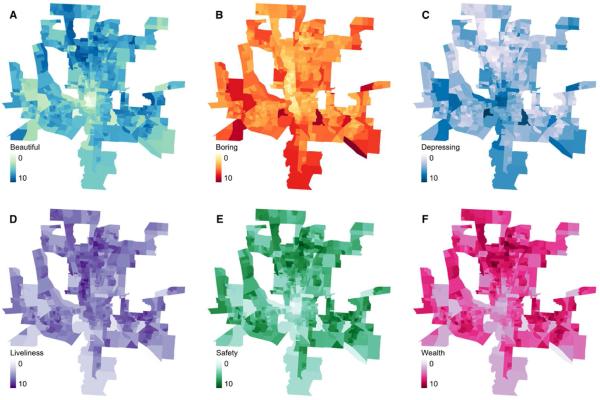Understanding the role of urban social and physical environment in opioid overdose events using found geospatial data

A new article co-authored by CURA director, Harvey Miller, has been published in the journal Health & Place. This study looked at how the opioid health crisis in Franklin County is spatially dynamic. The group looked at Google street view images and non-emergency "311" service requests as social and physical conditions. The results of this study added more evidence for the influences of opioid addiction.
Abstract:
Opioid use disorder is a serious public health crisis in the United States. Manifestations such as opioid overdose events (OOEs) vary within and across communities and there is growing evidence that this variation is partially rooted in community-level social and economic conditions. The lack of high spatial resolution, timely data has hampered research into the associations between OOEs and social and physical environments. We explore the use of non-traditional, “found” geospatial data collected for other purposes as indicators of urban social-environmental conditions and their relationships with OOEs at the neighborhood level. We evaluate the use of Google Street View images and non-emergency “311” service requests, along with US Census data as indicators of social and physical conditions in community neighborhoods. We estimate negative binomial regression models with OOE data from first responders in Columbus, Ohio, USA between January 1, 2016, and December 31, 2017. Higher numbers of OOEs were positively associated with service request indicators of neighborhood physical and social disorder and street view imagery rated as boring or depressing based on a pre-trained random forest regression model. Perceived safety, wealth, and liveliness measures from the street view imagery were negatively associated with risk of an OOE. Age group 50–64 was positively associated with risk of an OOE but age 35–49 was negative. White population, percentage of individuals living in poverty, and percentage of vacant housing units were also found significantly positive however, median income and percentage of people with a bachelor’s degree or higher were found negative. Our result shows neighborhood social and physical environment characteristics are associated with likelihood of OOEs. Our study adds to the scientific evidence that the opioid epidemic crisis is partially rooted in social inequality, distress and underinvestment. It also shows the previously underutilized data sources hold promise for providing insights into this complex problem to help inform the development of population-level interventions and harm reduction policies.
Authors: Li, Y., Miller, H. J., Root, E. D., Hyder, A., & Liu, D
Read the full article below!
